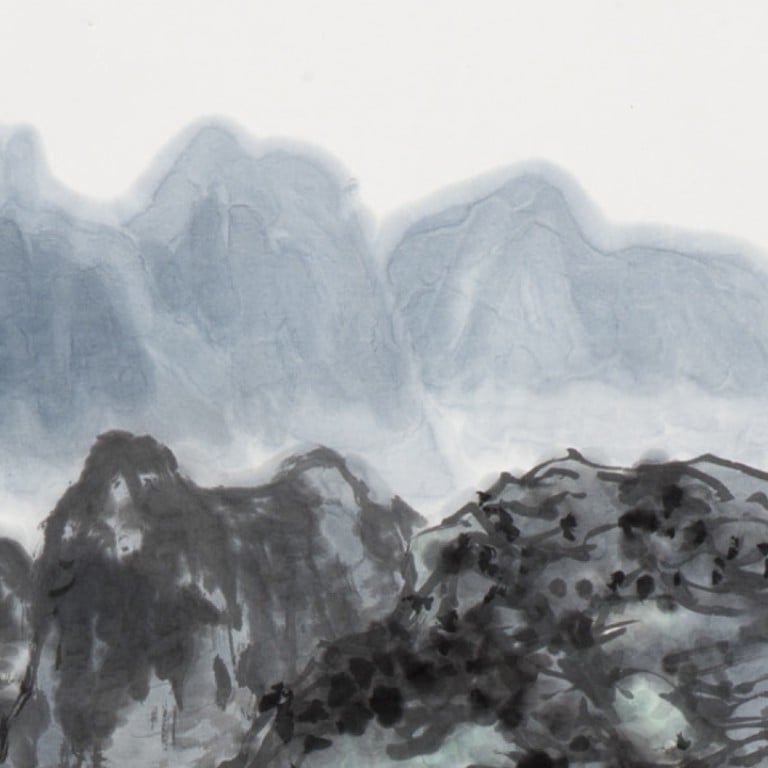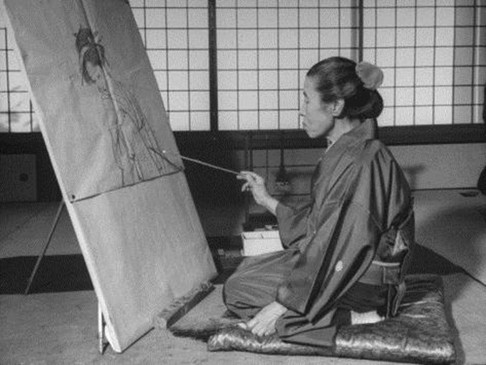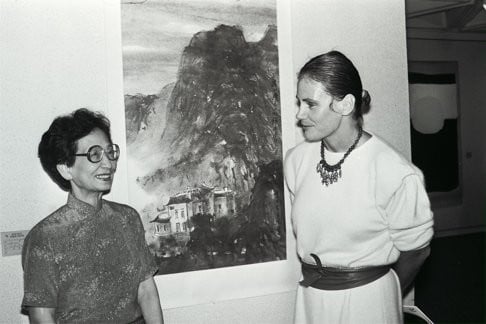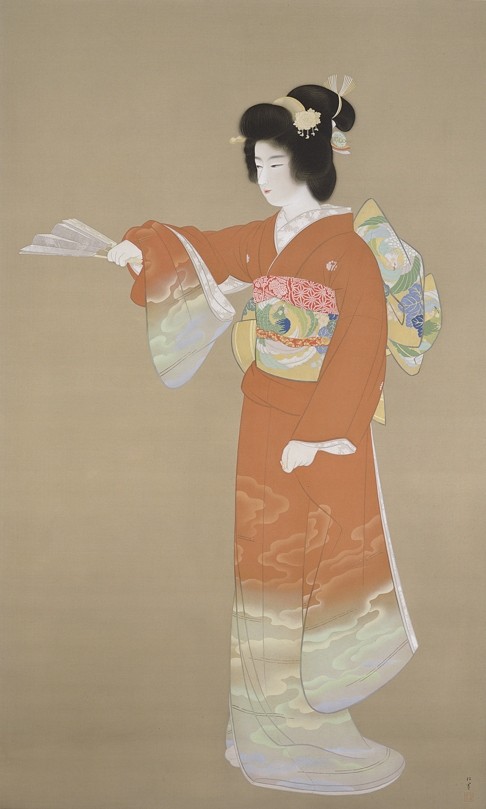
Hong Kong ink masterpieces restored with funding help, but nowhere to show them yet
Thirty ink paintings by the influential Lui Shou-kwan have been restored with help from a big bank, but curators can't find a place to exhibit them - a common problem. A show overseas is possible
Fans of Lui Shou-kwan, a Hong Kong pioneer of modern Chinese ink paintings, will need to wait a bit longer to see 30 newly restored works owned by the Chinese University of Hong Kong. The reason is a common one in the city: the lack of an exhibition venue.
In January 2015, the Chinese University of Hong Kong received a grant from Bank of America Merrill Lynch to fund the restoration of 30 works by Lui, who was one of Hong Kong’s most important artists.
The works were mostly gifts from Lui’s family and they were not in a great state when the university art museum received them in 2014. Some had yellowed, while others were badly mounted so the paper was starting to bubble.
According to Professor Josh Yiu, acting director of the museum, the delicate work is more or less complete, but the lack of somewhere to show them means the Hong Kong public will need to wait a while before seeing the works in their full glory.
“We have completed the remounting of all the Lui Shou-kwan paintings. Currently, we are producing a video that documents part of the process,” he said. But since the Hong Kong Art Museum is being renovated, available gallery space has been reduced substantially and so there’s no Hong Kong exhibition planned for this year.
“We are discussing the possibility of showing the paintings in another museum outside of Hong Kong later this [year], however. We’ll see how that goes,” he said.

The pairing of a city museum and an American bank on such a project may appear incongruous, But Bank of America Merrill Lynch has funded more than 80 such conservation projects in 28 countries since 2010.
The bank provides funding to conserve the artworks and helps generate new interest in the arts, through client events, for example. This, as the latest recipient of the bank’s money explains, is particularly important at a time when many public institutions are suffering budget cuts.
“My university has seen its funding decreasing year on year, and money towards restoration is at the bottom of the list,” says Ryo Furuta, associate professor at the Tokyo University of the Arts, where the restoration of Shoen Uemura’s Jo-no-mai is being conducted with money from Bank of America Merrill Lynch.
This painting on a silk scroll was created in 1936 by Uemura, a woman artist who was recognised during her lifetime for her exquisite portraits of women in traditional Japanese style.

Furuta says Jo-no-mai, a large work showing a woman performing a Noh dance, is a very famous painting in Japan. “Even people who don’t know much about art in general will have heard of Jo-no-mai. It’s been featured on stamps and in school textbooks. This is one of the most important works in the genre of bijin-ga, or beautiful women paintings.”


